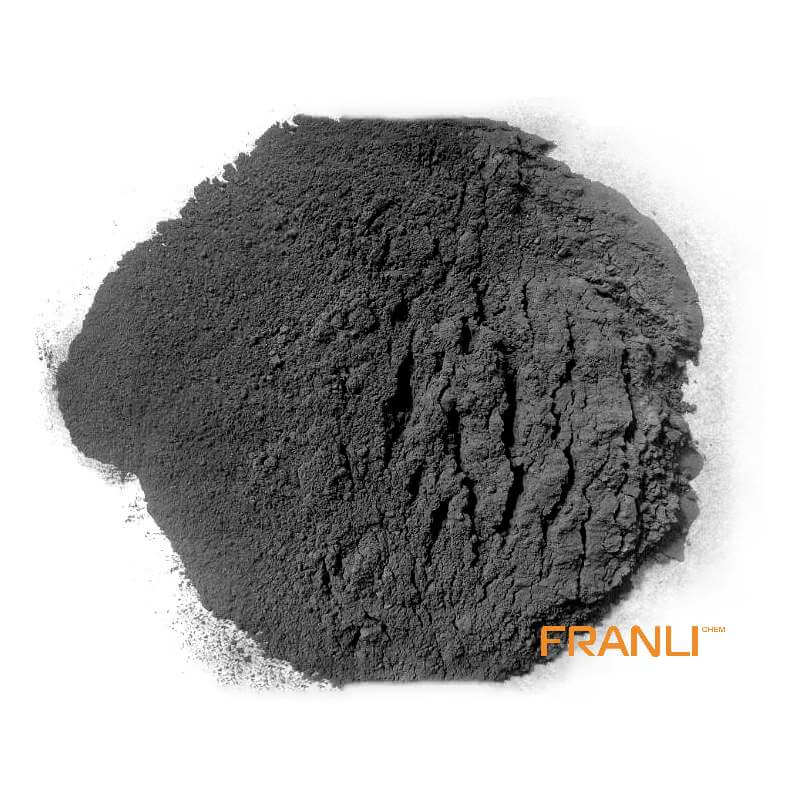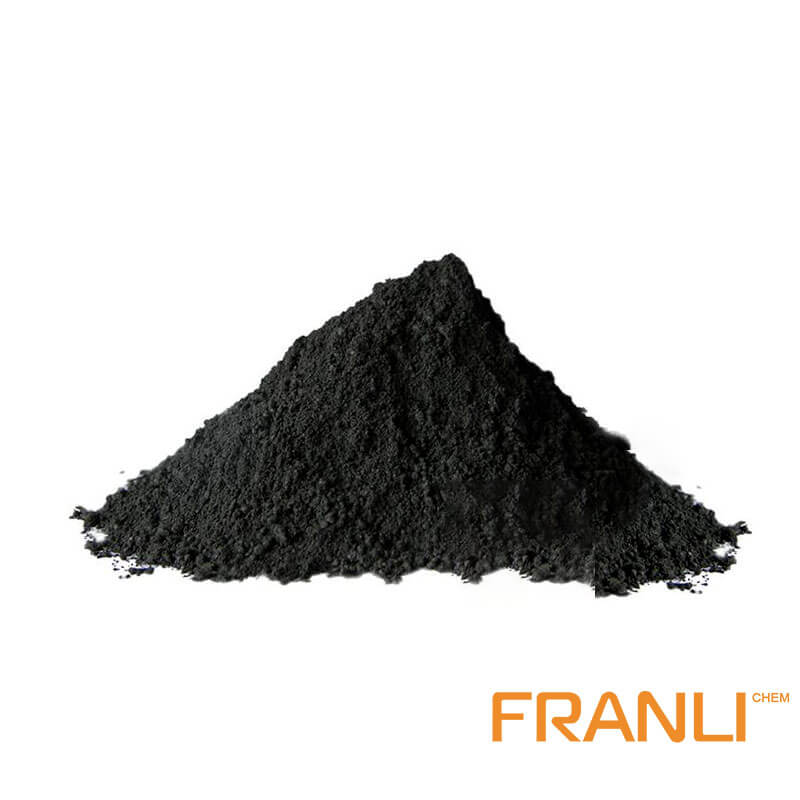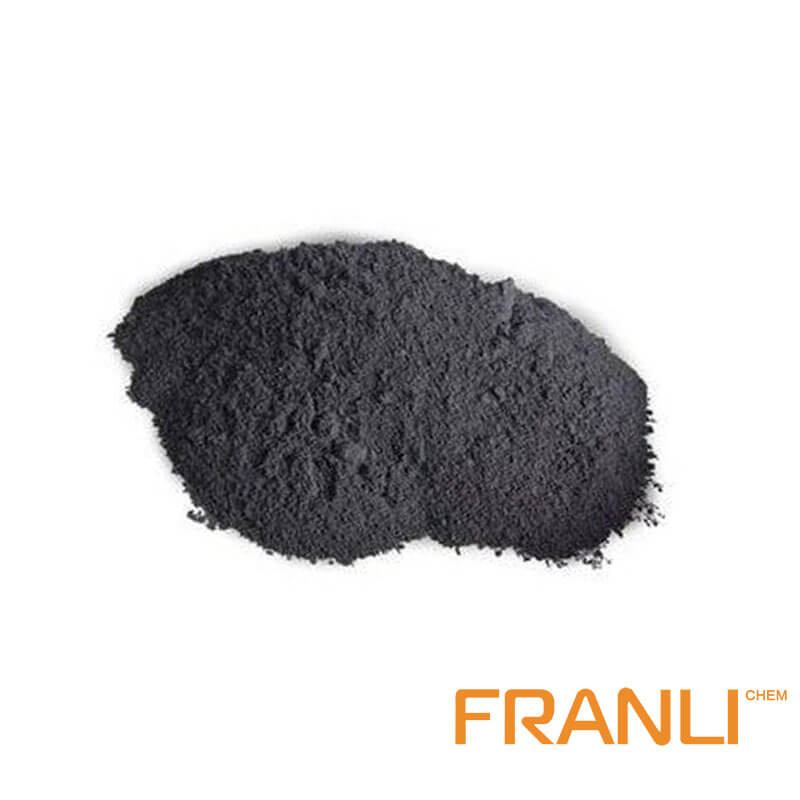


Artificial Graphite
Size
0.01mm or 0.07mm,etc
Package
25 kg small bags into ton bags or ton bags
Features
Good wear resistance, corrosion resistance, good thermal conductivity, etc.
Application
Can be used in making heat exchanger, reaction tank, absorption tower, etc.
There are many kinds of artificial graphite and different production processes. In a broad sense, all graphite materials obtained by carbonization of organic matters and treated by high temperature after being treated with graphite can be collectively referred to as artificial graphite.In the narrow sense, artificial graphite usually refers to the massive solid materials prepared by batching.
Request a quoteArtificial graphite and natural graphite are similar in structure and similar in physical properties, but the use is very different. It is no longer a new topic in the artificial graphite industry to learn from the preparation process of artificial graphite to develop new graphite products. There are many carbon and graphite products prepared by using natural graphite as the main raw material or auxiliary raw material according to the artificial graphite production process, and some have even formed a large industry.

Graphite products made of natural graphite
1. Zinc-manganese battery carbon rod: Zinc-manganese battery (commonly known as dry battery) carbon rod produced by kneading, extrusion molding, roasting, machining, wax dipping and other processes with natural microcrystalline graphite and coal tar pitch as the main raw materials. It mainly utilizes the characteristics of high conductivity and low price of natural microcrystalline graphite, and the requirements for ash content are not high, but the requirements for iron, sulfur and other impurities are strict.
2. Natural graphite brushes: using natural flake graphite and coal tar pitch as the main raw materials, the motor brushes are produced through kneading, rolling, grinding, molding, roasting (graphitization treatment if necessary), machining and other processes. It mainly utilizes the characteristics of high conductivity and high orientation of natural flake graphite. It is required that the content of impurities such as iron and sulfur is low and the ash content is not higher than 2%. During machining, attention should be paid to the orientation of flake graphite.
3. Carbon and graphite materials for machinery: using natural graphite and coal tar pitch as the main raw materials, the bulk materials produced by kneading, rolling, grinding, molding, roasting and other processes need to be precision machined according to the requirements of use. It mainly uses the lubricity, high temperature resistance and corrosion resistance of natural graphite, and has high requirements for ash and impurity content.

Graphite performance difference
Compared with artificial graphite in a narrow sense, natural graphite is used as the main raw material or auxiliary raw material, and carbon graphite products prepared according to the artificial graphite production process have the following differences in production process and product performance:
(1) The former usually needs to be graphitized above 2500°C to obtain the required physical and chemical properties, while the latter can be graphitized or not. In order to reduce production costs, graphitization is usually not performed, so there is a “charcoal” phase transformed from binder pitch in its organizational structure. This kind of carbon, which is located around the graphite particles and binds the graphite particles together, has higher hardness and much lower conductivity than natural graphite, so it has a great influence on the performance of the product.
(2) Since natural graphite usually exists in the form of powder and has poor binding force with coal tar pitch, carbon graphite products prepared from natural graphite usually have large porosity, low mechanical strength, low oxidation resistance and thermal shock resistance. Inferior disadvantages, so the product specification cannot be too large, and the application field is also greatly restricted.
The development of artificial graphite products using natural graphite as raw material is one of the important ways to expand the application field of natural graphite. Natural graphite has been used as an auxiliary raw material for some artificial graphite production, but there are still many problems to be solved in the development of artificial graphite products using natural graphite as the main raw material. Fully understanding and utilizing the structure and characteristics of natural graphite, and adopting suitable process routes and methods to produce artificial graphite products with special structures, properties and uses should be the best way to achieve this goal.



